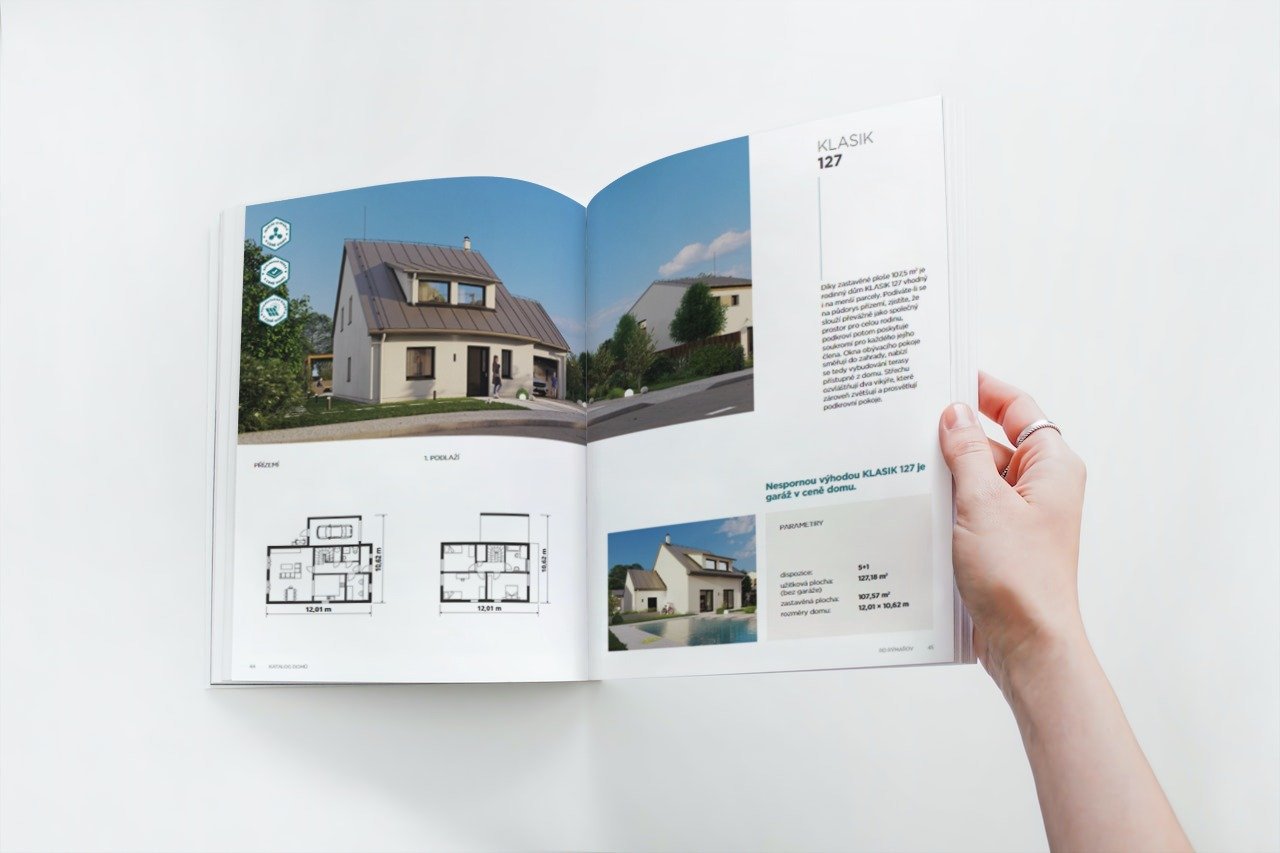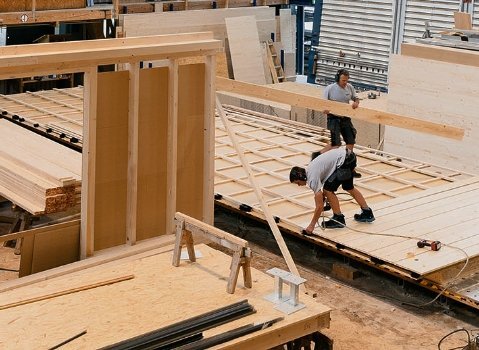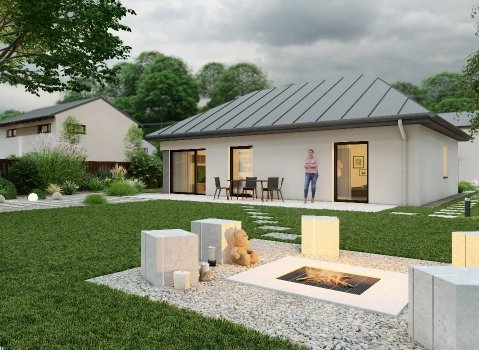AN INTERVIEW WITH JIŘÍ POHLOUDEK, COMMERCIAL DIRECTOR OF RD RÝMAŘOV
Curious layman: I came across the term "energy efficient house" when browsing on the Internet. I noticed that this term appears also in some of the houses in the offer of RD Rýmařov. Could you explain to me - as to a layman - what to imagine under this term?
Jiří Pohloudek: Today, a potential builder meets a whole number of terms that indicate different degrees of energy saving houses, from energy saving, over low-energy, to passive, zero-energy or even energy-plus. Practically, it is the extent to which the houses are insulated, airtight, equipped with alternative heating technology independent of traditional sources, with perfect, controlled ventilation with heat recovery or technology that can transmit or accumulate excess energy arising from the operation of the house. From the abovementioned it is clear that the achieved degree of energy efficiency is closely related to the financial possibilities of the builder. And the term "energy efficient house" stands as an equation of the invested resources and the energy savings provided by the technical solutions of the building.
Curious layman: Then, you can often hear the term "energy saving house". It seems to me that "energy efficient" and "energy saving" is practically the same. Am I right?
Jiří Pohloudek: Basically, you are, but an energy efficient house can be efficient "at all costs".
Curious layman: A term that is used perhaps most frequently in the context of energy saving buildings is "low-energy house" or "low-energy building" or sometimes "low-energy housing". I think that is a precise term defined by the law. Is it so? And how is a "low-energy house" different from other houses?
Jiří Pohloudek: A passive house is currently defined by a norm, which sets out that it must, for example, achieve the total energy consumption of 15 kW/m2/yr and it must achieve prescribed values of airtightness in two stages of construction n50 ≤ 0.6 h-1. A low-energy house is an intermediate step to a passive house and is in the optimum value of 25 kW/m2/yr.
Curious layman: Is energy consumption the same as "specific heating requirement"? This term is also very frequent when talking about low-energy technologies.
Jiří Pohloudek: Yes, it is more or less the same. Specific heating requirement is the amount of energy required for heating of the house and heating of water related to an area in a defined period of time.
Curious layman: One must obviously come to a conclusion that one of the disadvantages of low-energy buildings are their higher initial costs. You must invest into insulation, technologies... Can a turnkey low-energy house bring a Czech family such savings in heating costs that the investment into low-energy technologies returns in a reasonable time?
Jiří Pohloudek: With the current prices of energies compared to the invested resources, the payback period is substantially longer. Various payback periods are given. I do not want to be optimistic nor pessimistic in this case, I'd rather be realistic. A regular customer financing their house through mortgage is not able to reach the resources that would enable them to build a house in the above terms.






